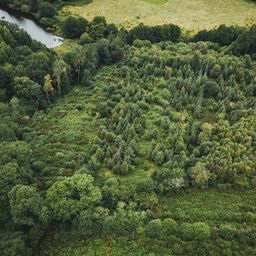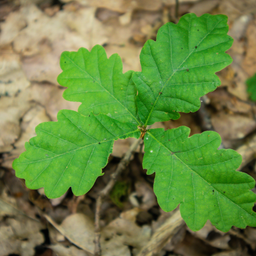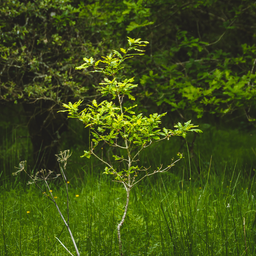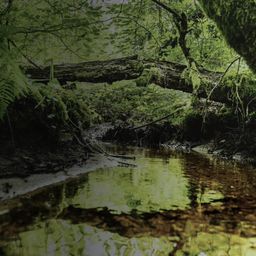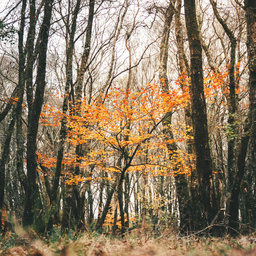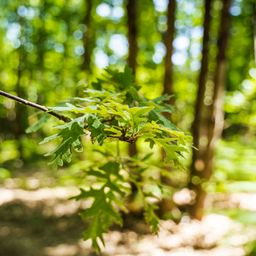Aug 22, 2025
Three cities that have taken initiatives to let nature flourish and preserve biodiversity
Discover how Portland, Grenoble, and Amsterdam are preserving biodiversity with innovative and sustainable urban projects.
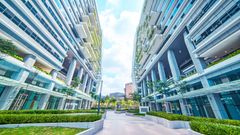
You are undoubtedly familiar with many cities around the world, either because of their monuments or their history, but have you ever considered their relationship with nature and ecology? In this article, we are going to focus on three cities that have distinguished themselves through their environmental initiatives.
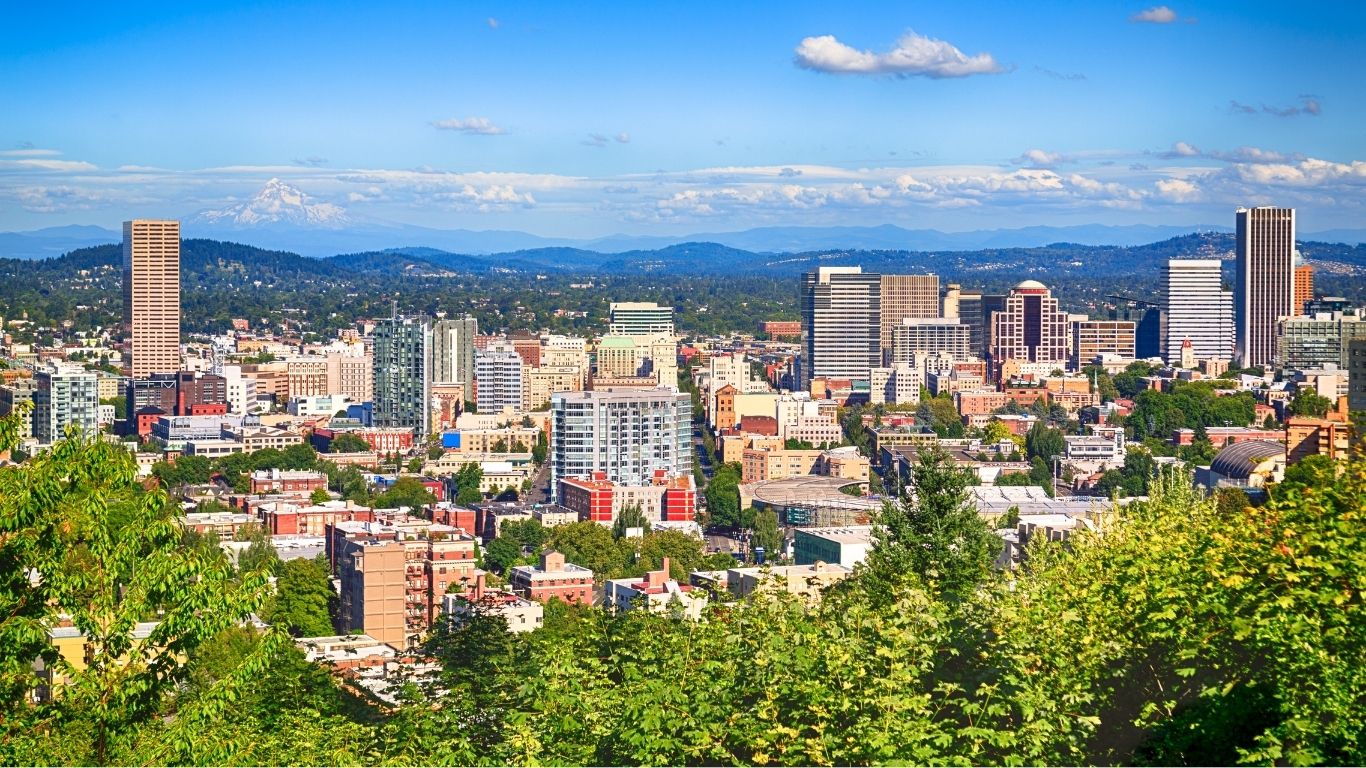
The city of Portland (Oregon) and its “Green Streets”
In the western United States, the city of Portland is considered one of the most eco-friendly cities in the world thanks to its many initiatives to preserve biodiversity.Located at the confluence of the Willamette and Columbia rivers, it enjoys an oceanic climate and receives up to 380 m³ of rainfall per year.
Nicknamed “The City of Roses” because of its many gardens, including the famous International Rose Test Garden, it combines nature and sustainable urban planning.To continue this ongoing process, the city has set itself concrete goals: to reduce its greenhouse gas emissions by 60% by 2030 and achieve carbon neutrality by 2050.
Portland has also made urban greening a central lever of its ecological project. The city aims for 33% tree cover across its territory, including streets, schools, industrial areas, and especially historically under-vegetated neighbourhoods.
To achieve this, Portland has launched its Urban Forest Management Plan, accompanied by innovative policies such as the development of Green Streets, which are green streets that integrate trees and vegetation into sidewalks to absorb rainwater, thereby preventing flooding and cooling the pavement in summer.
There has also been the launch of the Clean River Rewards program, which offers discounts on water bills to residents who plant at least four trees over 15 feet tall on their private property.
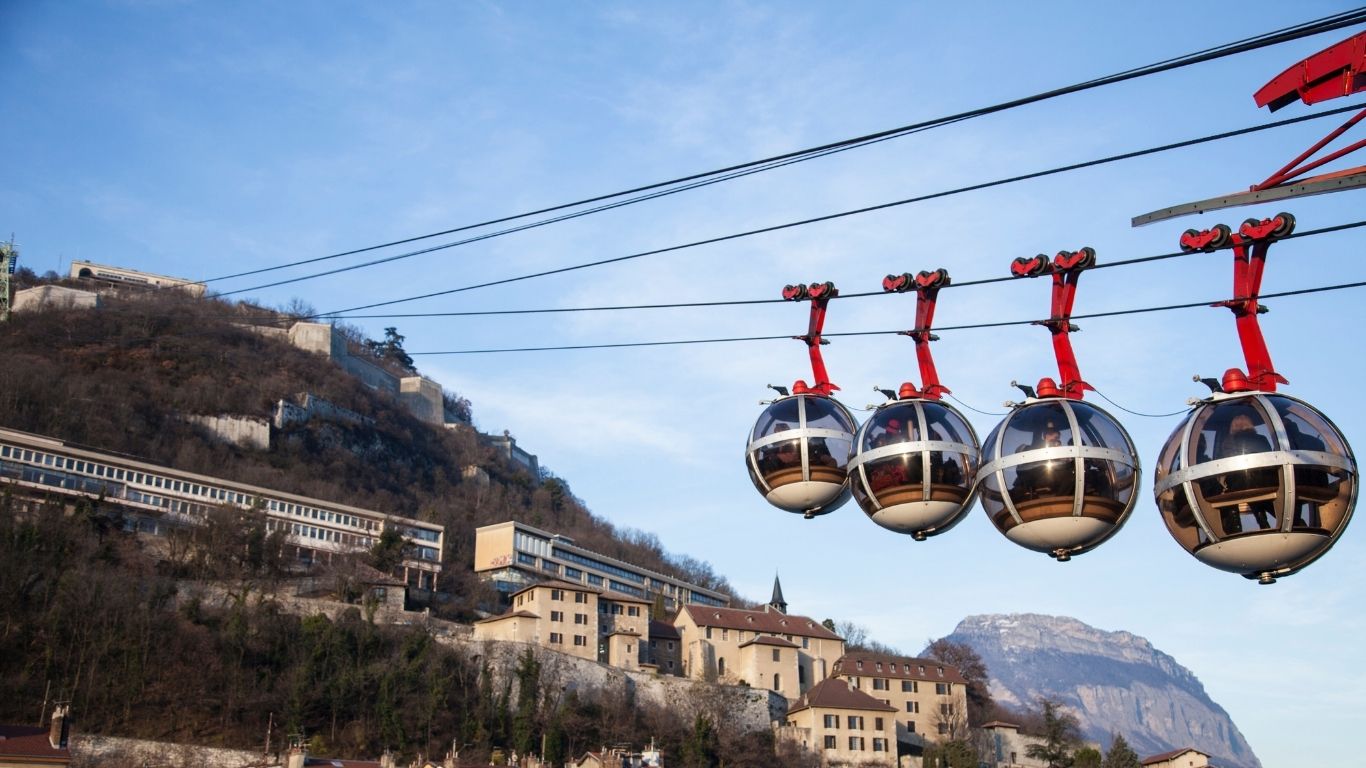
Grenoble, one of France's greenest cities
The city of Grenoble, located in southeastern France in the Auvergne-Rhône-Alpes region, is mainly built on a plain at the confluence of the Isère and Drac rivers and is often described as one of the flattest cities in France. Indeed, its natural features make it ideal for cycling, and it has even been nicknamed the “Grenoble basin.”
It has also been recognized as the European Green Capital for 2022. Each year, the European Commission rewards cities with more than 100,000 inhabitants that demonstrate a significant commitment to eco-responsibility in social and environmental issues. However, before Grenoble became known for its ecological transition, it was once renowned for its industrial development during the French Revolution and the thirty glorious years that followed, particularly for its glove-making industry and the discovery of white coal (hydroelectric power), before embarking on its great green revolution.
Thanks to its previous achievements, the city of Grenoble has gradually transformed itself with the completion of France's first eco-neighborhood, built on the site of the former Bonne barracks, which won the 2009 Eco-Neighborhood Grand Prize as was the case for Bouchayer-Viallet, a former industrial wasteland that was designated an eco-neighborhood in 2013 in order to create a new innovative eco-business district for new urban developments with new sustainable development requirements.
The Grenoble metropolitan area has launched the GEMAPI (Gestion des Milieux Aquatiques et Prévention des Inondations) project, a national initiative aimed at promoting an ecological approach to water management and flood risk through Nature-Based Solutions (NBS).
Implemented in 2018, the project involves planting trees along watercourses and reconnecting wetlands to rivers in order to slow down flooding and limit downstream flooding.
In addition, with its commitment to the green and blue network (TVB) resulting from the Grenelle laws (2009 and 2010), the city is committed to combining biodiversity preservation and land use planning by restoring networks of natural environments that allow plant and animal species to move, feed, and reproduce in a healthy and stable environment over the long term. The Parc de l'Ovalie, an eco-garden certified in 2022, is an example of a GEMAPI project in an urban environment.
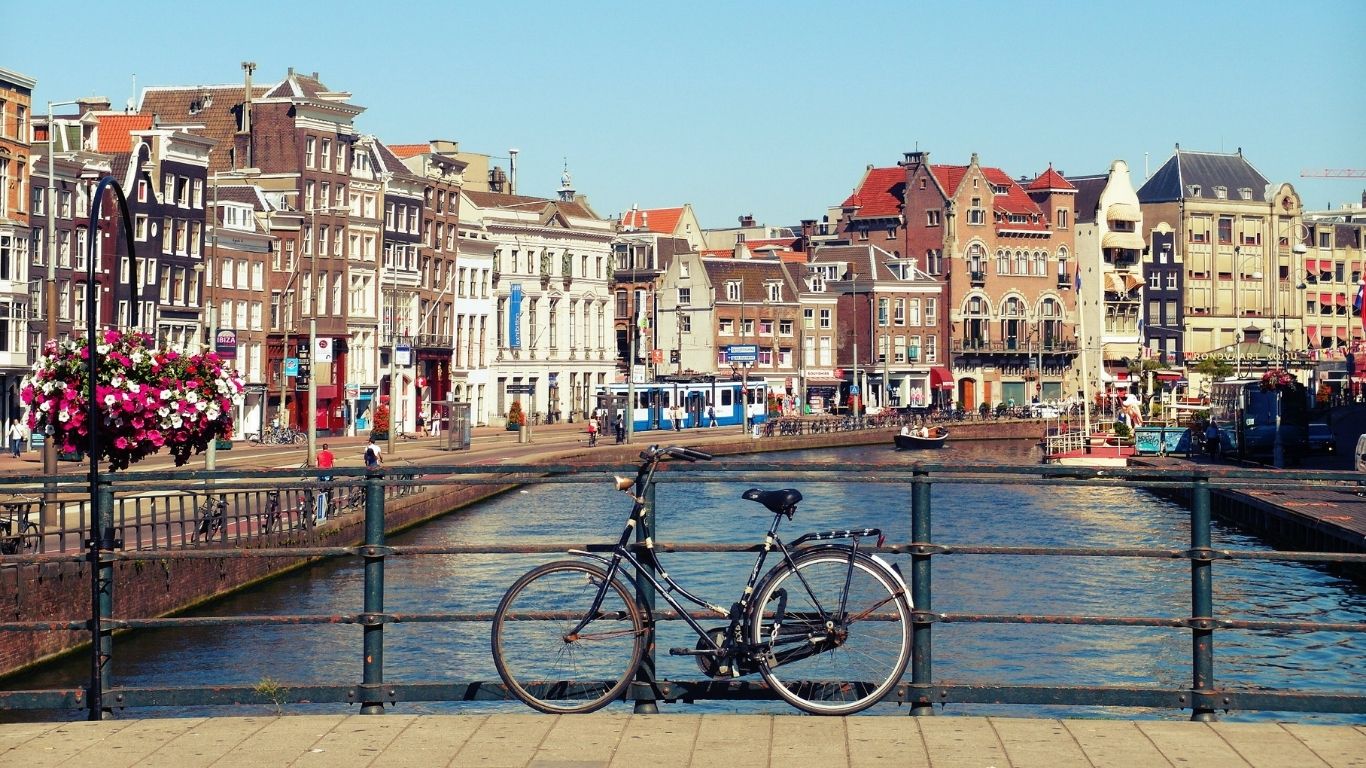
Amsterdam and its green roof system
Amsterdam, the capital of the Netherlands, has an official population of 934,526, known as Amsterdammers (Amsterdammers). Bicycles are the most popular and widely used means of transportation in Amsterdam, and thanks to its extensive infrastructure, the city is constantly striving to make cycling easier.
In addition, Amsterdam is full of parks, large open spaces, and squares. Green spaces account for around 12% of the city's surface area, which corresponds to between 360,000 and 400,000 trees.The municipality wants to capitalize on this natural heritage through innovative projects such as the Amsterdam Rainproof program, which proposes measures to absorb, retain, or redirect rainwater, even during heavy rainfall, while allowing nature to flourish in a manner similar to Portland's Green Streets.
In concrete terms, several measures have been implemented, such as the construction of green roofs (groene daken) that absorb rainwater and provide habitats for insects, birds, and plants. Another measure is the recommendation to build front gardens (regentuinen), which use small hollows planted in green spaces to temporarily retain rainwater while promoting the growth of plants that thrive in humid conditions.
As a result, the Dutch metropolis aims to reduce its CO2 emissions by 95% and green its urban environment by 2050. It is therefore no surprise that Amsterdam regularly features in rankings of the world's most sustainable cities.




